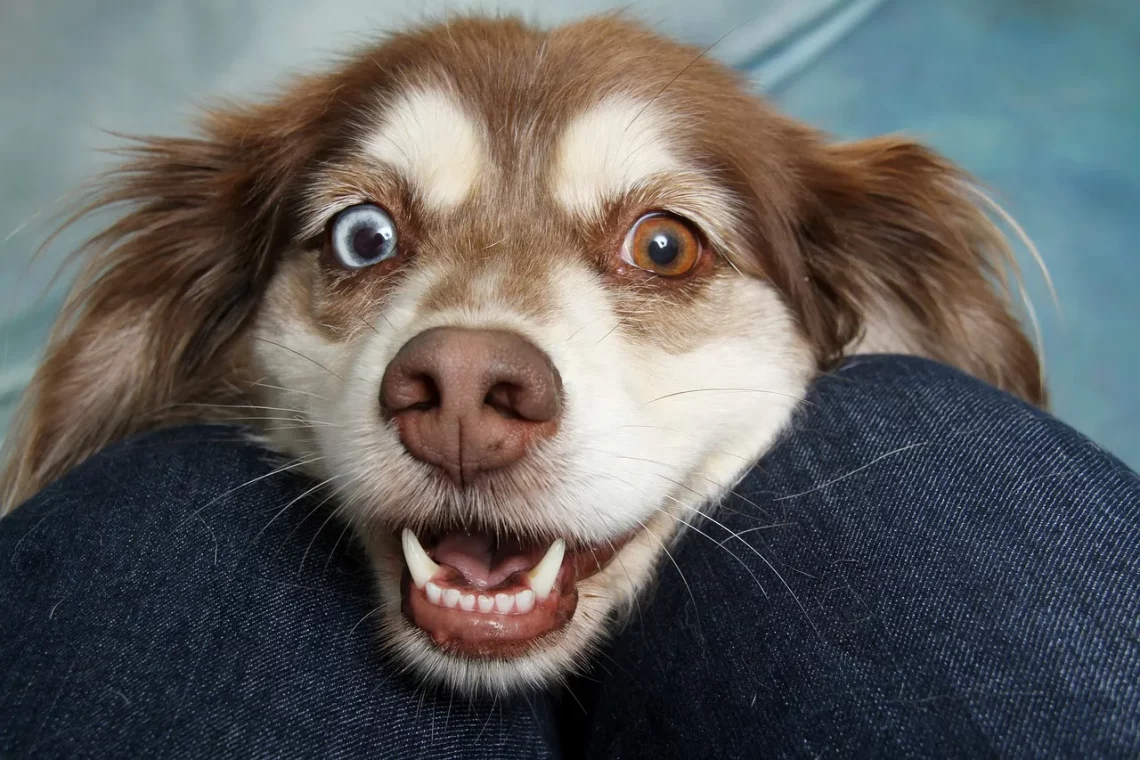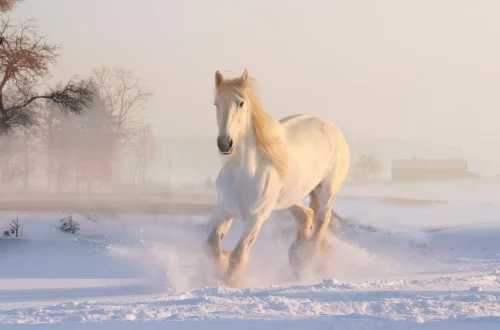
Understanding Great Pyrenees Behavior Problems and Solutions
Understanding the behavior of Great Pyrenees is crucial for anyone considering bringing this magnificent breed into their home. Known for their striking appearance and gentle demeanor, these dogs are often celebrated for their loyalty and protective instincts. However, like any breed, they can exhibit certain behavioral challenges that may require understanding and management.
The Great Pyrenees is a working breed originally developed to guard livestock in the mountainous regions of France and Spain. Their independent nature, combined with a strong protective instinct, can lead to behaviors that may be misinterpreted as problem behaviors. Understanding the motivations behind these actions is essential for fostering a harmonious relationship between the dog and its owner.
Behavioral issues can stem from various sources, including lack of socialization, insufficient training, or even health-related problems. Identifying the root cause of a behavior is key to effectively addressing it. With the right approach, owners can navigate these challenges, enriching their lives with the companionship of a well-adjusted Great Pyrenees.
As we delve deeper into this topic, we will explore common behavioral challenges faced by Great Pyrenees and discuss effective solutions to ensure a happy and fulfilling life for both the dog and its owner.
Common Behavioral Issues in Great Pyrenees
Great Pyrenees are known for their unique temperament, which can sometimes lead to behavioral challenges. One of the most prevalent issues is excessive barking. This breed has a natural instinct to protect, and they may bark to alert their owners of potential threats. However, if left unchecked, this behavior can become problematic, especially in a residential setting.
Another common issue is separation anxiety. Great Pyrenees tend to form strong bonds with their families, making them sensitive to being left alone. This can lead to destructive behaviors, such as chewing furniture or excessive howling. Identifying the signs of separation anxiety early on is crucial to prevent the problem from escalating.
Additionally, Great Pyrenees can exhibit stubbornness during training sessions. This is partly due to their independent nature; they were bred to think for themselves while guarding livestock. Owners may find that traditional training methods do not yield the desired results, leading to frustration.
Lastly, resource guarding can be an issue with this breed. Great Pyrenees may become possessive over food, toys, or even their owners, leading to aggressive behavior if they feel threatened. Understanding the triggers for such behavior is essential in managing and modifying it.
Recognizing these behavioral issues early can help owners implement effective training and management strategies. By doing so, they can create a balanced environment where their Great Pyrenees can thrive.
Effective Training Techniques for Great Pyrenees
Training a Great Pyrenees requires patience, consistency, and understanding of the breed’s unique characteristics. Positive reinforcement is one of the most effective methods for training these dogs. This approach encourages desirable behaviors by rewarding them with treats, praise, or playtime.
Start with basic commands such as sit, stay, and come. These foundational commands are essential for establishing a solid communication channel between you and your dog. Given their independent nature, it’s crucial to keep training sessions short and engaging. Lengthy sessions may lead to boredom and a lack of focus.
Socialization is another crucial aspect of training. Exposing your Great Pyrenees to various environments, people, and other animals from a young age can help them develop confidence and reduce anxiety. Consider enrolling your dog in puppy classes or organized playgroups where they can interact with other dogs in a controlled setting.
Leash training is also essential, as Great Pyrenees are large dogs that require proper control when walking. Teaching them to walk politely on a leash will not only make walks more enjoyable but will also help in managing their behavior in public places.
Consistency is key in all training efforts. Ensure that all family members are on the same page regarding commands and rules. This consistency will help reinforce desired behaviors and reduce confusion for your dog.
Lastly, consider seeking the guidance of a professional dog trainer, especially if you are facing significant behavior challenges. A trainer with experience in dealing with large breeds can provide tailored strategies and support to help you and your Great Pyrenees succeed.
Managing Separation Anxiety in Great Pyrenees
Separation anxiety is a common issue among Great Pyrenees, and addressing it is crucial for the well-being of both the dog and the owner. Understanding the signs of separation anxiety is the first step in managing this condition. Common signs include excessive barking, destructive behavior, and attempts to escape when left alone.
To help alleviate separation anxiety, it’s essential to gradually acclimate your Great Pyrenees to being alone. Start with short departures and gradually increase the duration over time. This process helps your dog become accustomed to your absence and reassures them that you will return.
Creating a safe and comfortable space for your dog can also help reduce anxiety. Consider using a crate or a designated area where they feel secure. Providing interactive toys or puzzle feeders can keep them occupied and mentally stimulated while you’re away.
Establishing a consistent routine can also provide stability for your Great Pyrenees. Regular feeding times, exercise, and playtime can help them understand what to expect throughout the day, which can reduce anxiety levels.
In some cases, professional intervention may be necessary. A veterinarian or a certified animal behaviorist can provide guidance and may recommend behavioral therapy or, in severe cases, medication to help manage anxiety.
It’s important to approach the situation with patience and empathy. Separation anxiety can be distressing for both the dog and the owner, but with the right strategies, it can be effectively managed.
Understanding Resource Guarding in Great Pyrenees
Resource guarding is a behavior where a dog becomes protective over certain items, such as food, toys, or even their owner. This behavior can stem from a natural instinct to protect valuable resources. Understanding the triggers and managing this behavior is essential for a harmonious household.
One of the first steps in addressing resource guarding is to identify the specific items your Great Pyrenees is guarding. Observing their body language can provide insights into their feelings. Signs of guarding may include stiff posture, growling, or even lunging at perceived threats.
To mitigate resource guarding, it’s essential to create positive associations with the items your dog is protective of. For example, you can practice trading games where you offer a high-value treat in exchange for the guarded item. This not only helps to reduce possessiveness but also reinforces the idea that relinquishing items can lead to positive outcomes.
Training commands such as “leave it” or “drop it” can also be beneficial. Teaching your dog to respond to these commands can help you manage situations where guarding behavior may arise. Consistent practice and positive reinforcement will aid in reinforcing these commands.
It’s crucial to avoid punishment for resource guarding, as this can exacerbate the behavior and lead to aggression. Instead, focus on building trust and confidence between you and your Great Pyrenees.
If resource guarding becomes severe or aggressive, seeking the help of a professional dog trainer or behaviorist is recommended. They can provide tailored strategies to effectively manage and modify this behavior.
In conclusion, understanding the behavioral challenges of Great Pyrenees is essential for a fulfilling relationship. With patience, consistency, and appropriate training techniques, owners can address these issues and enjoy the unique companionship of this remarkable breed.
**Disclaimer: This article is for informational purposes only and is not intended as medical advice. For any health-related issues, please consult a qualified veterinarian.**




